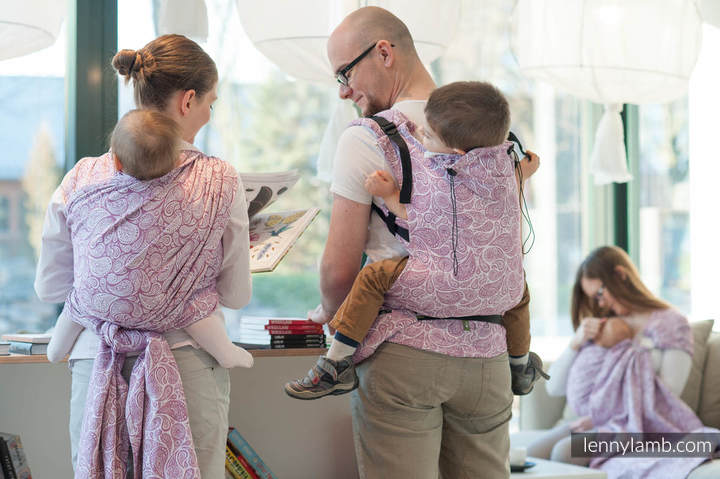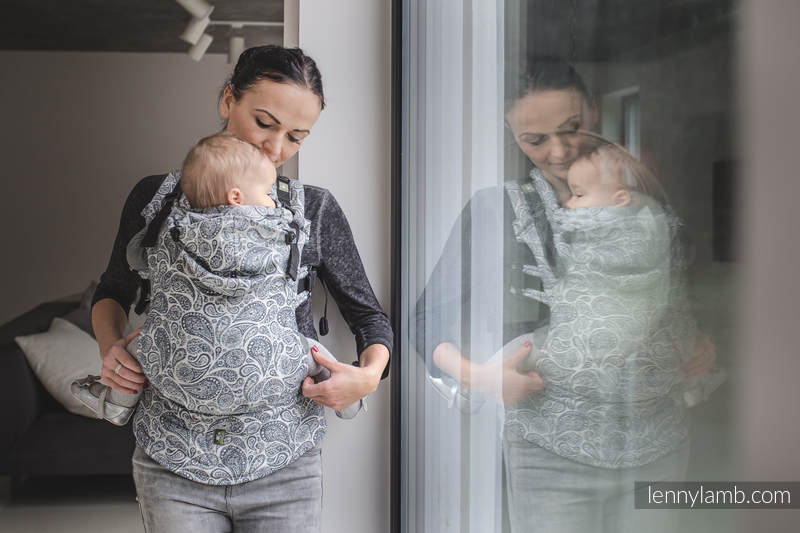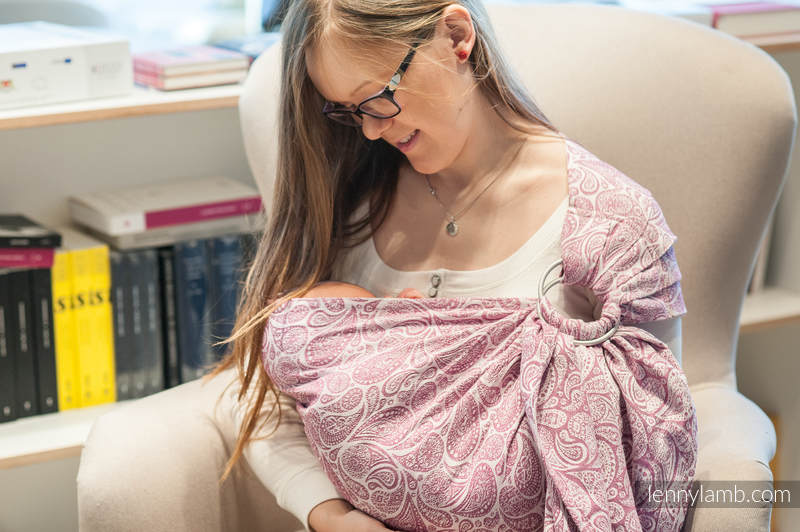



LennyLamb Paisley has become a part of The State Ethnographic Museum in Warsaw collection. The donation is a part of LennyLamb cooperation with the museum: we also have taken part in a film project about babywearing “Pattern for the baby”.
Why did ethnographers choose the paisley pattern? The museum has a few dozen of Jacquard shawls and scarfs with the pattern which was called, depending on a region, botah, gajor, Turkish cucumber or palme. The pattern was popular in the form of a Kashmir shawl and was imitated locally.

At the end of the nineteenth century, with the development of Jacquard looms, the pattern gained popularity also in the countryside as a desirable but expensive element of clothing. The paisley shawls occurred in different regions of Poland - Podhale (Tatra Mountains), Silesia and Greater Poland. Originally all paisley shawls and scarves were made out of cashmere wool. Later there were also cheaper versions made of those shawls - from wool (sheep), often blended with silk or cotton. In some regions of Poland (Kashubia and Kujawy), when a young girl couldn’t afford to buy it for herself, she would share the cost with other girls and they share the shawl.
The design is called paisley after a town in Scotland Paisley where it was manufactured. Queen Victoria was so enchanted by the pattern that she ennobled the owner of the manufacture!

Our Paisley baby wraps, carriers and accessories are available in all cotton in three colors. It’s truly amazing that you can carry your baby in a beautiful baby wrap or carrier with such a long tradition!
We would like to thank Klara Sielicka-Baryłka from The State Ethnographic Museum in Warsaw for helping us in creating this post!
Enjoy watching a trailer of the “Pattern for a baby” film! It’s mostly in Polish but some parts are in German and English! We can’t wait to see the whole film!